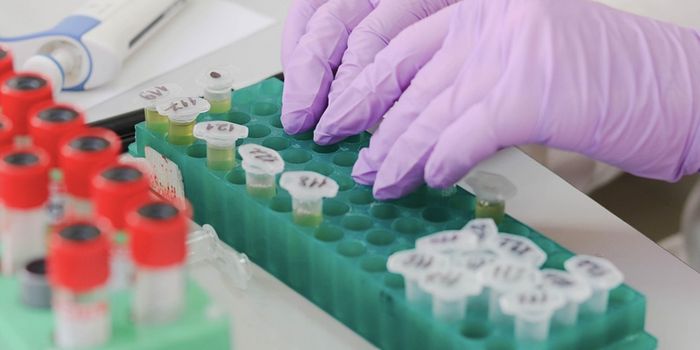How Antibiotics Can Lead to a Persistent Fungal Infection
A new study from the University of Birmingham and National Institutes of Health has shown that patients who are prescribed antibiotics long-term in the hospital are more likely to develop fungal infections. The researchers have shown that antibiotics disrupt the gut’s immune system, allowing fungus that exists in the gut microbiome to take over.
Antibiotics have complex effects on the immune system. Recent studies have shown that antibiotics can impact immune cells directly and can impact human health outside of the gastrointestinal system. By studying hospital records, have found that patients treated with antibiotics can develop fungal and bacterial co-infections.
The specific antibiotics that were examined for this study are called broad-spectrum antibiotics. Instead of targeting a specific type of bacteria, broad-spectrum antibiotics target bacteria indeterminately. This caused an infection of invasive candidiasis in patients. The researchers also found that in many cases, gut bacteria in areas where the fungal infection developed were able to escape the gut and move to other areas of the body.
The lead author of this study Dr. Drummond noted that "these findings demonstrate the possible consequences of using antibiotics in patients who are at risk of developing fungal infections," and added that "if we limit or change how we prescribe antibiotics we can help reduce the number of people who become very ill from these additional infections—as well as tackling the huge and growing problem of antibiotic resistance."
The researchers proposed that prescribing immune-boosting drugs along with the antibiotics could reduce the risk of complex fungal infections. These drugs specifically target the parts of the immune system that are negatively impacted by the antibiotic treatment. They found this approach helped reduce the severity of the fungal infection.
This study highlights the importance of clinicians weighing the risks of long-term antibiotic prescriptions taking a proactive approach to preventing fungal infections.
Sources: Cell Press, Cell Host and Microbe Journal








